
The first patient was a young Ghanaian man who had been tortured every day for more than a year in Libya by traffickers trying to extort a ransom for his release, says Prof Massimo Del Bene, head of reconstructive surgery at the San Gerardo hospital in Monza, north of Milan.
Since then, the surgeon renowned for performing the first double hand transplant in Italy, has adapted his expertise to what he calls “torture surgery”, helping African migrants who have survived Libyan detention camps, where traffickers and criminal gangs are documented to have tortured captives to extort ransom money.
‘They don’t help’: refugees condemn UN over failures that drove them to sea
Read more
A common form of brutality at the camps involves maiming people’s hands, says Del Bene. Refugees’ hands are burned with electric shocks, petrol or acid, or cut with knives or machetes.
“These are deliberately invalidating injuries. It’s repeated trauma that eventually leads to disability,” Del Bene tells the Guardian at his small office inside the Monza hospital, decorated with several pictures of the Virgin Mary.
For traffickers, damaging someone’s hands is the most effective way to take agency from prisoners, he says. For many poor migrants, losing their hands prevents them from earning a living. “If I split your legs, then I have to take care of you, but if I destroy your hand, I will take away your autonomy, because without your hands you can’t drive a truck, you can’t unload a crate, you can’t do anything,” he says.
The first torture victim he treated, Mohammed, had left his home in Ghana in 2013. He was tortured for more than a year in Libya as traffickers tried to force his family to pay for his release. In 2015 Mohammed finally managed to escape, first reaching the Italian island of Lampedusa, then a Caritas migrant centre in Como, near the Swiss border. Staff there saw his wounds and sent him to the hospital in Monza.
“In Libya he had received a machete wound and this caused all the tendons in the hand to rupture,” explains Stefano Sosio, a charity worker who has followed Mohammed’s case for the co-operative Symploké, a partner of Caritas.
“One of our nurses knew the doctor [Del Bene] and everything was born from there,” says Sosio. “Del Bene made his skills and his staff available for free. We paid the other expenses.”
Mohammed, 24, who now lives in Como, asked to be identified only by his first name.
In the past four years Del Bene and his staff have treated a dozen migrants for such injuries; many have had to undergo multiple operations and a long rehabilitation processes.
“The greatest difficulty is intervening on wounds that are sometimes years old. Bones of the hands that have calcified incorrectly. Deformed scars of untreated wounds,” says Del Bene. In the best case scenario, post-traumatic surgery should be performed “within few hours”.
Del Bene is now hoping to establish a hospital in Italy for children wounded in war zones. Because hospitals in war-torn countries are often underfunded and operate in precarious conditions, he says, patients are often subjected to amputations that could be avoided with the right resources and facilities.
“In Italy we could do a type of reconstructive therapy,” he says. This, he adds, would be particularly important for children who, after an amputation, would probably be condemned to “a future as beggars”.

Several investigations have revealed that torturing migrants for ransom is a common practice in Libyan camps.
In 2019, following the testimonies of the migrants rescued by the Mediterranea initiative, prosecutors in Sicily arrested three people, a Guinean man and two Egyptians accused of having tortured hundreds of people in Libyan camps. Last year, a court in Milan also sentenced a Somali man found guilty of torturing African migrants at Libya’s Bani Walid camp to life imprisonment.
In January the Italian Catholic newspaper Avvenire revealed that in the same camp 66 migrants from Eritrea had been tortured to obtain a ransom of around €11,000 (£9,270) per person. The newspaper also published a series of photos of a woman hung by the feet and beaten.
Del Bene shows pictures of the limbs of some of his patients, which have been burned, hammered or maimed. “We are doctors, we have medical records,” he says, adding that the wounds were inflicted, “with the aim of making the victim unable to work and cause him as much as pain as possible”.
He adds: “It’s like the Middle Ages.”


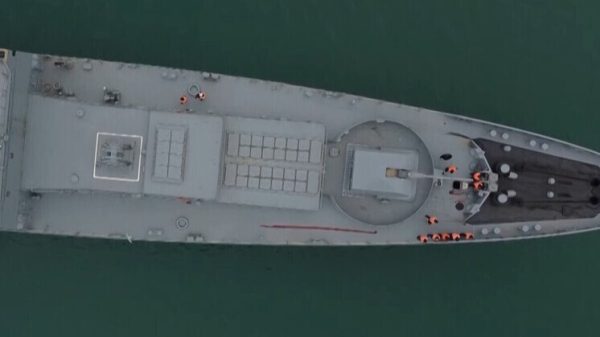




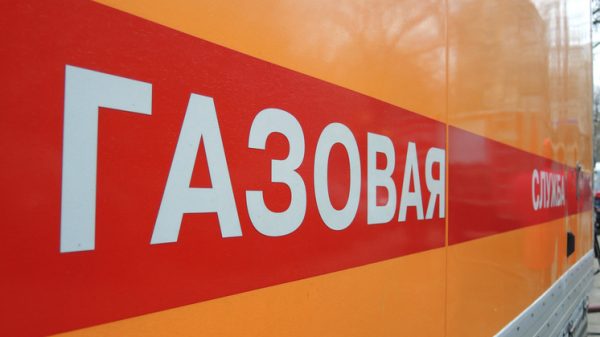
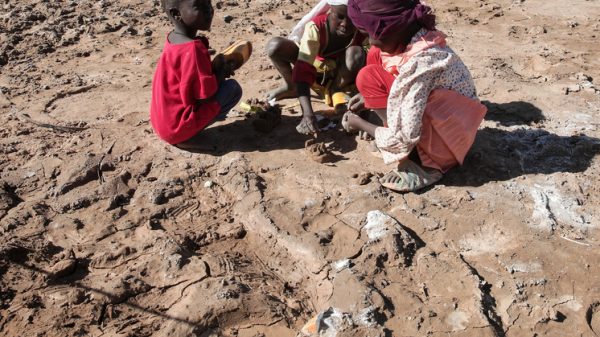
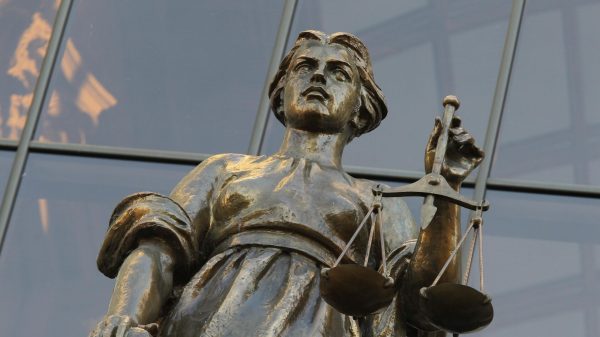
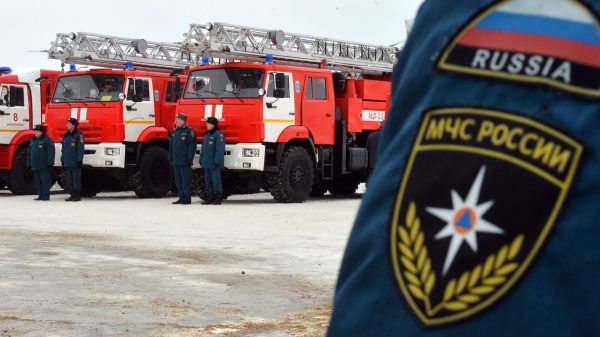







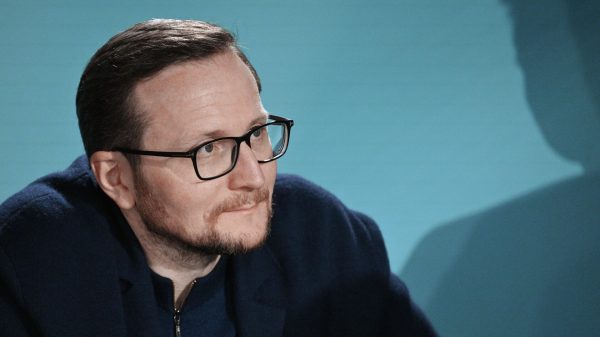
















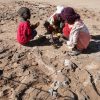



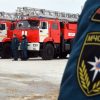















Свежие комментарии